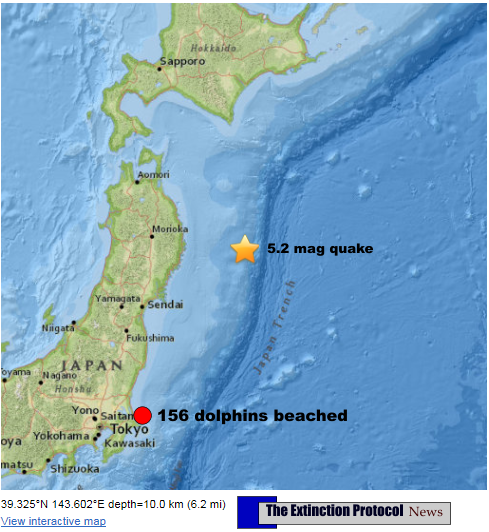
A 5.2 magnitude earthquake has struck off the Northeast coast of Japan. The shallow quake occurred at a depth of about 10 km (6.2) miles under the sea, near the Japanese Trench. Japan and the surrounding islands straddle four major tectonic plates: Pacific plate; North America plate; Eurasia plate; and Philippine Sea plate. The Pacific plate is subducted into the mantle, beneath Hokkaido and northern Honshu, along the eastern margin of the Okhotsk microplate, a proposed subdivision of the North America plate. Farther south, the Pacific plate is subducted beneath volcanic islands along the eastern margin of the Philippine Sea plate. This 2,200 km-long zone of subduction of the Pacific plate is responsible for the creation of the deep offshore Ogasawara and Japan trenches as well as parallel chains of islands and volcanoes, typical of Circumpacific island arcs. Similarly, the Philippine Sea plate is itself subducting under the Eurasia plate along a zone, extending from Taiwan to southern Honshu that comprises the Ryukyu Islands and the Nansei-Shoto trench.
Subduction zones at the Japanese island arcs are geologically complex and produce numerous earthquakes from multiple sources. Deformation of the overriding plates generates shallow crustal earthquakes, whereas slip at the interface of the plates generates interplate earthquakes that extend from near the base of the trench to depths of 40 to 60 km. At greater depths, Japanese arc earthquakes occur within the subducting Pacific and Philippine Sea plates and can reach depths of nearly 700 km. Since 1900, three great earthquakes occurred off Japan and three north of Hokkaido. They are the M8.4 1933 Sanriku-oki earthquake, the M8.3 2003 Tokachi-oki earthquake, the M9.0 2011 Tohoku earthquake, the M8.4 1958 Etorofu earthquake, the M8.5 1963 Kuril earthquake, and the M8.3 1994 Shikotan earthquake.
Small earthquake swarms occurred at shallow depths during the past days near the volcano. The quakes were located approx. 6-10 km south of Hekla volcano and at shallow depths around 5 km.
The largest quakes were two magnitude 2.6 events at 4 km depth on Thursday (9 April). It is impossible to say whether the earthquakes are linked to volcanic activity and thus might be precursors of a new eruption, but Hekla is probably the most likely candidate volcano for the next eruption to occur on Iceland.
One of the country's most active, and the most frequently erupting volcano, Hekla has been believed to be "due" and have its magma chamber filled for several years now. Known for not giving much precursory signals (and only few earthquakes), an eruption would not be a surprise at all.
Kliuchevskoi (Kamchatka): After less than two weeks pause, the volcano started to erupt again - mild strombolian explosions at the summit crater and small ash emissions.
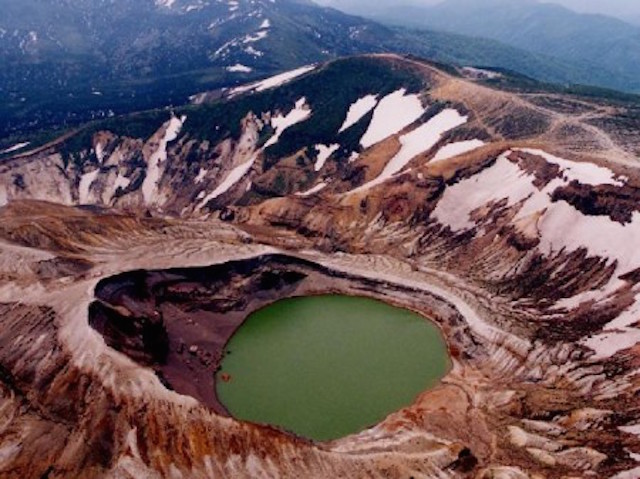
Mt Zao
Fears of fresh eruption of Mount Zao, a volcano that sits on the border of the Yamagata and Miyagi prefectures, rattled Japan after the country's meteorological agency recorded 12 volcanic earthquakes on Tuesday.
The seismic activity prompted warnings of a volcanic eruption, with the agency asking the public to stay safe from falling rocks in a 1.2 km radius of the volcano,
The Japan Times reported.
The agency said that ash from the eruption can even reach beyond the radius, causing panic after last year's deadly volcanic eruption of Mount Ontake, which erupted without warning on 27 September and killed 60 people.
The meteorological agency has advised neighbouring towns to raise alert levels in the areas close to the volcano.
The warning will affect business at a popular ski resort, as well as mountain trails and restaurants.
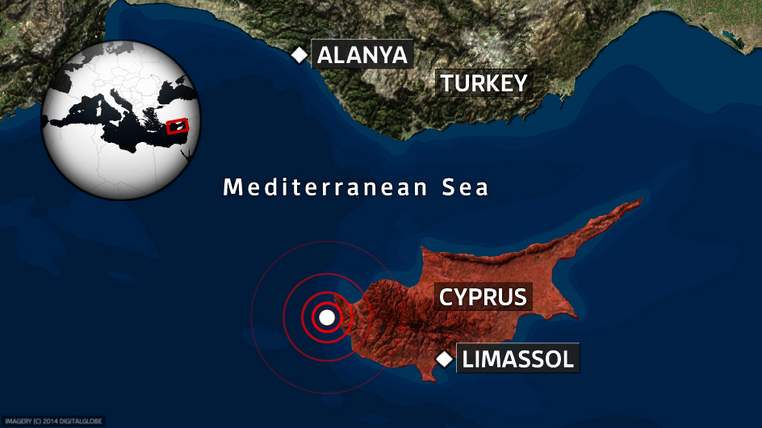
The earthquake was mainly felt in Cyprus' west
Cyprus has been hit by a 5.6-magnitude earthquake, according to the US Geological Survey.
The earthquake struck just off the Mediterranean island's west coast, about four miles from the village of Peyia.
It was mainly felt in the western Paphos region, but also in the capital Nicosia at 11.25am local time.
Paphos district officer Yiannakis Mallourides reported no major damage to structures or injuries, but said authorities are monitoring the situation.
@michelleuk87 wrote on Twitter: "So weird feeling the #earthquake in #Cyprus this morning whilst on my sunbed. #nicosia"
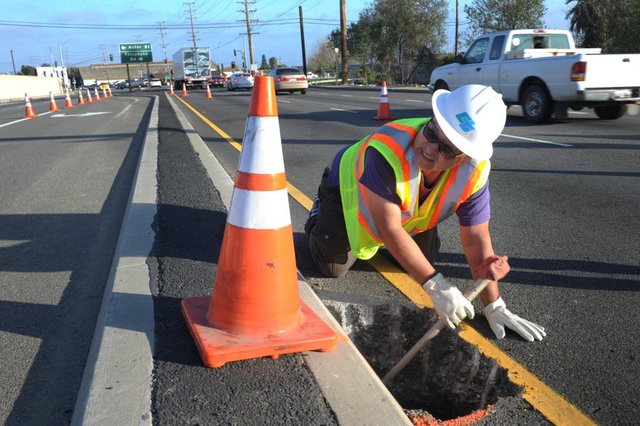
© Rob Varela
One lane of Highway 118 in Saticoy is expected to remain closed until Thursday as crews work to repair a sinkhole in the area, officials said Tuesday.
The sinkhole, about 5 feet deep and 10 feet wide, was caused by a leak from a reinforced concrete drainage pipe joint, according to Caltrans.Caltrans officials said water inside the pipe will be removed, the break will be patched and the void will be filled with concrete slurry.
Comment: For a look at the 58 sinkholes that have opened up in the past month, around the globe, check out SOTT Worldview:
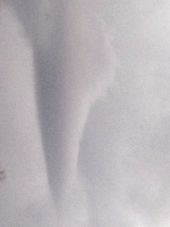
© Unknown
The National Weather Service confirmed a tornado, also known as a water spout, was sighted on Bull Shoals Lake during a severe thunderstorm Tuesday night in Marion County. Observation Program Leader Dave Scheibe from the National Weather Service Office in North Little Rock told KTLO Radio a weather observer reported seeing the tornado on Bull Shoals Lake four miles east of Diamond City at 7:11 p.m.
Marion County Director of Emergency Management Keith Edmonds says local citizens captured a photo of the funnel cloud.
Comment: To see a water spout in action, check out this video of one in Brazil:
Edmund Blair
yahoo.comWed, 15 Apr 2015 17:52 UTC
A lightning strike killed six children and their teacher at a school in northwestern Tanzania on Tuesday, nearly two months after lightning storms caused deaths at another school in the area, a senior police official said.
Fatalities during lightning storms are common in northwestern regions of Tanzania during its two rainy seasons, which typically occur in October/November and March/April.
"The school children killed by the lightning strike were aged between seven and nine years old," Ferdinand Mtui, Kigoma regional police chief, told Reuters by telephone.
Mtui said 15 other people, including schoolchildren and teachers, were injured. Another person was killed by lightning at another location in the region on Tuesday, bringing the death toll to eight.
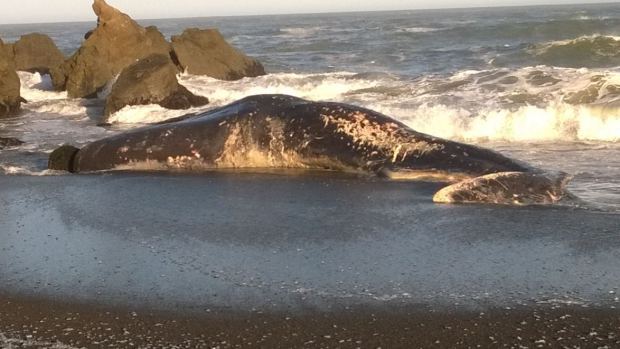
© Edgar TeranThe dead sperm whale found on Sharp Park State Beach
Biologists are heading to the San Mateo coast Wednesday morning to try and determine what killed an endangered sperm whale.
The 50-feet sperm whale was found bleeding from its head and into the water along at Mori Point on the south end of Sharp Park State Beach in Pacifica Tuesday.
On Wednesday, scientists from the Marine Mammal Center and the Academy of Sciences will perform a necropsy. They'll have their work cut out for them since adult sperm whales can get up to 50 tons in size.
It's unknown at this point if they will then leave the decomposing whale ashore or tow it out to sea.
Whale strandings are fairly rare. The Center said they do not see many stranded animals of this species, dead or alive, on shore.
Priscila Korb
patch.comWed, 15 Apr 2015 17:18 UTC
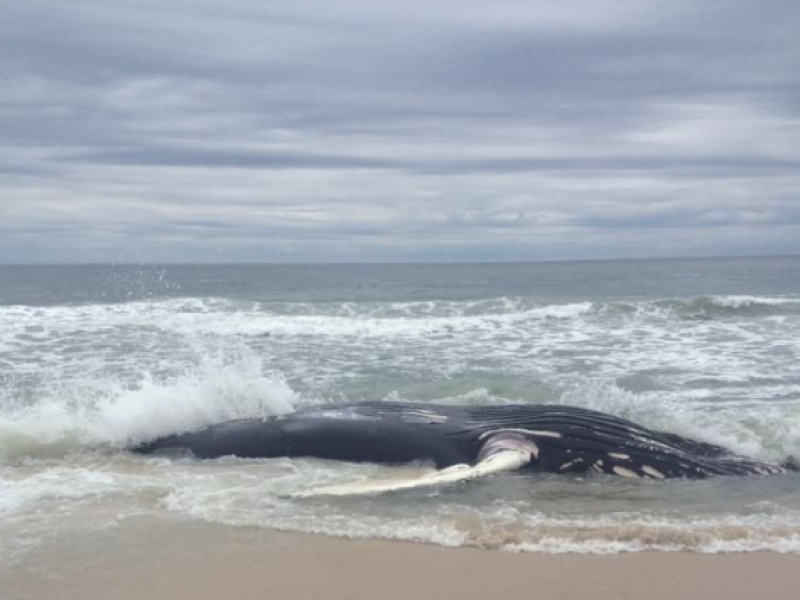
The dead whale on a Southampton beach
A dead whale that was seen floating in the water on Monday, has washed up on a Southampton beach on Tuesday, according to the Riverhead Foundation for Marine Research and Preservation.
The foundation is working with National Oceanic and Atmospheric Administration (NOAA) to assess the situation and will provide more details as they become available.
They also remind residents to report all sightings to their 24-hour hotline at 631-369-9829.
Liz Core
GristMon, 13 Apr 2015 00:00 UTC
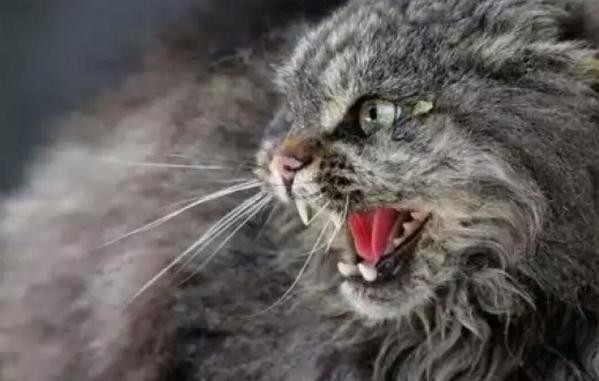
© www.abcbirds.orgA hunger strike, to a feral cat, means lunch!
Australia wants its cats dead. But not because it's a nation of fanatical dog people — rather,
the country's enormous feral cat population now constitutes a major threat to its biodiversity. To save the country's native wildlife, the cats need to go.Due to hotter days, longer dry periods, and increasingly intense bush fires caused by climate change, Australia's biodiversity is diminishing. Despite being
one of the world's 17 "megadiverse" countries, Australia has not done a bang-up job of protecting its wildlife. As mammalian extinction rates go, Australia's is pretty dang high:
Twenty-one percent of Australian native land mammals are threatened.
But, shockingly, climate change is actually
not the No. 1
enemy of koalas and kangaroos: Feral cats are the "single biggest threat" to protecting Australia's wildlife, according to a new piece from VICE News. There are
about 20 million of these little cutthroat barbarians pawing, nuzzling, and murdering (in equal measure) their way across the continent,
eating three to 20 animals each day — which adds up to a loss of 80 million native animals per week.
Comment: While the feral cat crisis is a CATaclysmic scenario for Aussie wildlife running out of control, this article doesn't mention the public health consequences of feral cat colonies, whose populations are rapidly increasing. Rabies, toxoplasmosis, cat scratch fever and other potentially serious infectious diseases can affect humans and other wildlife. Another solution is TNR (trap, neuter and release) however, this method is less reliable and discouraged by health and wildlife organizations.
The $2M pledged to slow biodiversity loss is not allocated to killing feral cats, per se, but to boost the recovery of threatened species in Australia's national parks via 10 projects targeting key species' habitats and threats, both flora and fauna. Specifically they will benefit Norfolk Island green parrot, Cocos buff-banded rail, long-nosed potoroo, southern brown bandicoot, northern quoll, partridge pigeon, brush-tailed rabit-rat, the plants of the Arnhem Plateau and the Kakadu Threatened Species Strategy. The feral cat massacre is the idea of Federal Environment Minister Greg Hunt. According to the mammal action plan assessments, it will take decades. They are now working on an engineered virus. (Oh! Oh!... call David Lynch!!!)
Comment: See also: SOTT Exclusive: Mass whale beaching in Japan is a reminder of Earth-changing events surrounding the 2011 earthquake and tsunami
The planet seems to be opening up! See below for earthquakes reported so far in the month of April: